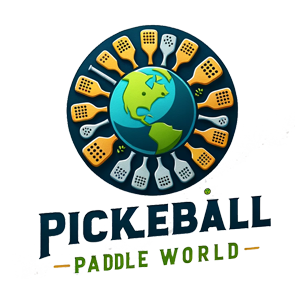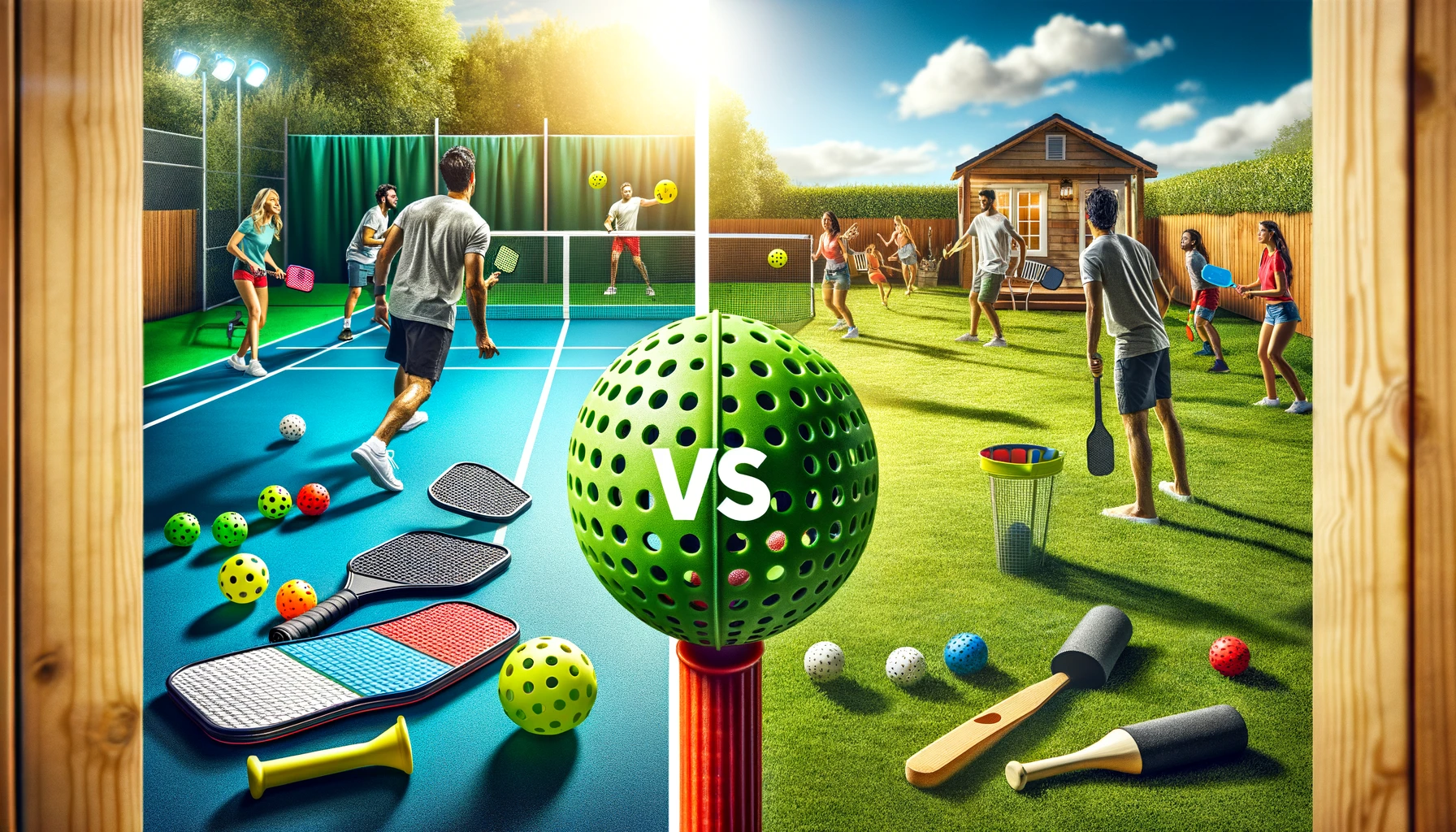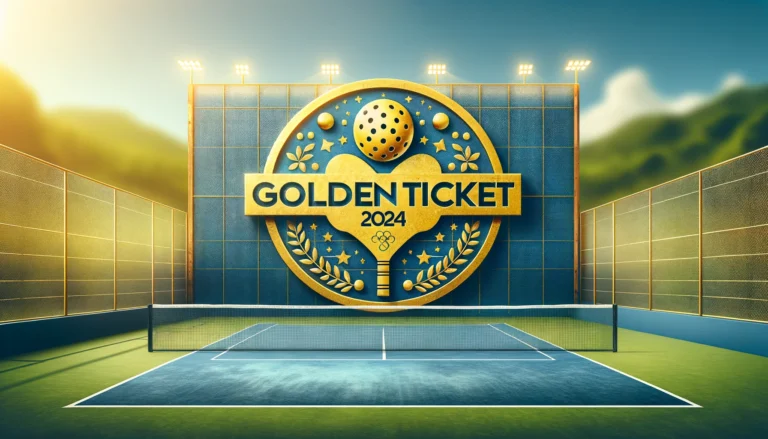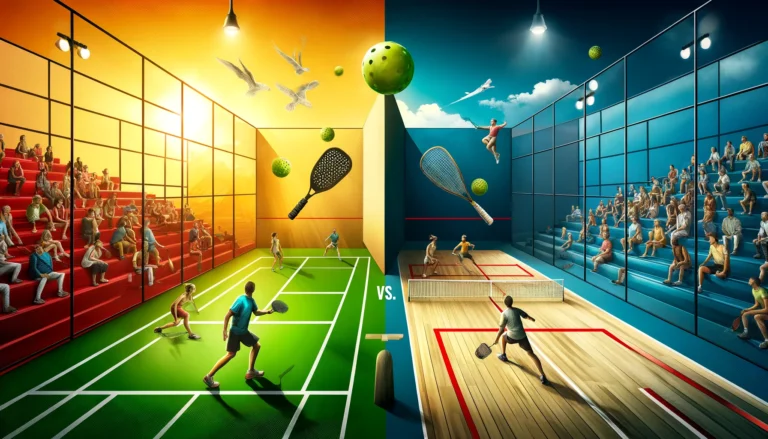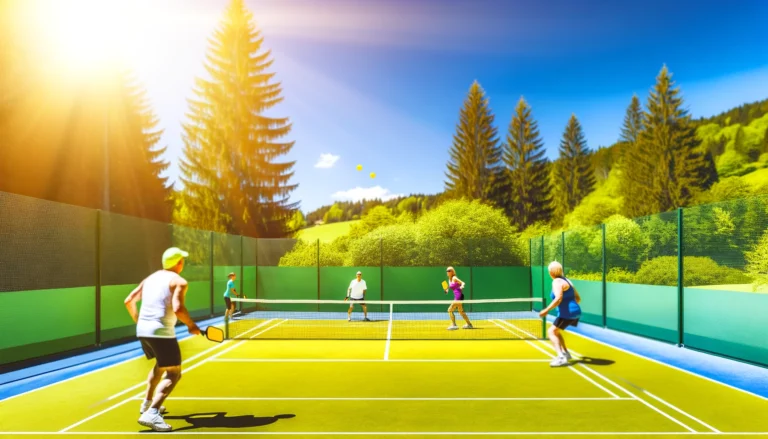Pickleball vs Wiffle Ball: Understanding the Differences and Choosing Your Game
Pickleball vs Wiffle Ball
Two sports that have gained immense popularity over the years, each offering unique benefits and challenges. Whether you are an avid sports enthusiast or a curious beginner, understanding the distinctions between these games is essential.
In this post, we will delve into the origins, rules, equipment, and playing techniques of both pickleball and wiffle ball. We will also compare their physical demands, social aspects, and accessibility, helping you decide which sport might be the perfect fit for you.
By the end of this article, you will have a comprehensive understanding of pickleball and wiffle ball, allowing you to make an informed choice about which game to play. Whether you’re looking for a new hobby or a competitive sport, this guide will provide valuable insights to enhance your sporting experience.
Origins of Pickleball and Wiffle Ball
History of Pickleball
Pickleball was invented in 1965 on Bainbridge Island, Washington. Joel Pritchard, Bill Bell, and Barney McCallum created the game to entertain their families. The name “pickleball” is said to come from the Pritchard’s dog, Pickles, who would chase after the ball. Since its inception, pickleball has grown exponentially, becoming a favorite among all age groups.
History of Wiffle Ball
Wiffle ball was created in 1953 by David N. Mullany at his home in Fairfield, Connecticut. The design of the perforated, lightweight ball allowed for curving pitches and varied play without the risk of broken windows or injuries. Initially marketed as a backyard game, wiffle ball has since become a staple in American homes and parks.
Comparison of Origins
Both sports emerged as casual, family-friendly games and have evolved into widely recognized and played sports. Pickleball and wiffle ball’s growth reflects their adaptability and appeal, bridging generations and skill levels.
Equipment and Playing Area
Pickleball Equipment and Court
Pickleball is played with a paddle and a plastic ball with holes, resembling a wiffle ball. The court is similar in size to a badminton court, measuring 20×44 feet, with a net height of 36 inches at the sidelines and 34 inches at the center. Paddles are typically made of wood, composite, or graphite.
Wiffle Ball Equipment and Field
Wiffle ball requires a lightweight, perforated plastic ball and a plastic bat. The field can vary in size, but a standard backyard setup includes a pitcher’s mound, bases, and a home run boundary. The game’s simplicity allows for play in diverse environments, from backyards to open fields.
Key Differences in Equipment and Playing Areas
The primary distinction lies in the playing surfaces and equipment durability. Pickleball’s structured court contrasts with wiffle ball’s flexible field setup. Additionally, pickleball paddles and balls are designed for repeated use and competitive play, while wiffle ball equipment is more casual and accessible.
Rules and Gameplay
Basic Rules of Pickleball
Pickleball can be played as singles or doubles. The game starts with an underhand serve diagonally across the net. Points are scored only by the serving team, and the game continues until a team reaches 11 points, leading by at least two points. Players must follow a double-bounce rule, allowing the ball to bounce once on each side before volleys begin.
Basic Rules of Wiffle Ball
Wiffle ball rules vary widely, but a standard game includes pitching, hitting, and base running similar to baseball. The perforated ball allows for various pitching techniques, creating an unpredictable and fun playing experience. Teams aim to score runs by hitting the ball and running the bases, with fielding positions adapting to the number of players and space available.
Comparing Gameplay Dynamics
Pickleball emphasizes quick reflexes, strategic positioning, and teamwork, with a structured scoring system. Wiffle ball, on the other hand, offers a more relaxed, free-form style of play, focusing on creativity in pitching and hitting. Both sports provide a unique blend of physical activity and enjoyment.
Physical and Social Benefits
Physical Benefits of Pickleball
Pickleball offers a full-body workout, improving cardiovascular health, balance, and coordination. The sport’s quick pace enhances agility and reflexes, while the smaller court reduces the risk of injury, making it accessible to various age groups.
Physical Benefits of Wiffle Ball
Wiffle ball provides a moderate level of physical activity, focusing on hand-eye coordination, pitching accuracy, and batting skills. The lighter ball and bat reduce the risk of injury, making it a safe option for players of all ages.
Social Aspects of Both Sports
Both pickleball and wiffle ball are highly social sports. Pickleball’s doubles format encourages teamwork and communication, fostering a sense of community among players. Wiffle ball’s casual nature makes it ideal for social gatherings, promoting fun and camaraderie.
Accessibility and Popularity
Accessibility of Pickleball
Pickleball courts are increasingly available in community centers, parks, and schools. The sport’s growing popularity has led to a surge in tournaments and leagues, providing ample opportunities for new players to join and compete.
Accessibility of Wiffle Ball
Wiffle ball’s minimal equipment and flexible playing areas make it one of the most accessible sports. It can be played virtually anywhere, from backyards to beaches, requiring only a bat, ball, and a few willing participants.
Rising Popularity Trends
Both sports have seen a rise in popularity, with pickleball becoming a staple in retirement communities and wiffle ball maintaining its status as a beloved backyard game. Social media and online communities have further fueled their growth, attracting new fans and players.
Frequently Asked Questions
- What is the primary difference between pickleball and wiffle ball?
The primary difference lies in the gameplay and equipment. Pickleball is played with paddles and a plastic ball on a defined court, focusing on quick volleys and strategic play. Wiffle ball uses a perforated ball and bat, emphasizing creative pitching and hitting in a flexible playing area.
- Can you play pickleball indoors?
Yes, pickleball can be played both indoors and outdoors. Many community centers and gyms have indoor courts, making it a year-round sport.
- Is wiffle ball suitable for all ages?
Absolutely. Wiffle ball’s lightweight equipment and simple rules make it an excellent choice for players of all ages, from young children to adults.
- How do the physical demands compare between the two sports?
Pickleball generally offers a higher intensity workout, improving cardiovascular health and agility. Wiffle ball provides moderate physical activity, focusing on skills like pitching and batting.
Last Words
Pickleball vs Wiffle Ball—both sports offer unique benefits and enjoyable experiences. Whether you seek the structured, strategic play of pickleball or the relaxed, creative fun of wiffle ball, there’s a game for everyone. Understanding the differences and similarities between these sports can help you choose the one that best fits your interests and lifestyle.
As you explore these games, consider trying both to fully appreciate their distinct qualities. Share your experiences, join local groups, and continue to engage in these activities to enhance your physical and social well-being.
